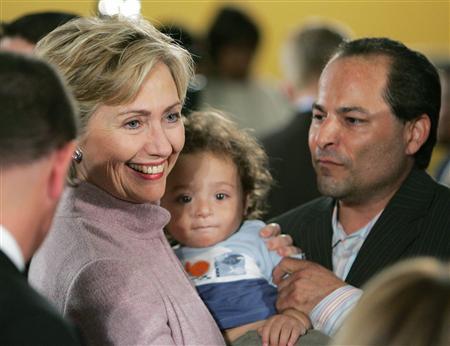New York Times: “Urban theater — or what has been called over the years inspirational theater, black Broadway, gospel theater and the chitlin circuit — has been thriving for decades, selling out some of the biggest theaters across the country and grossing millions of dollars a year….The word in the industry is that urban theater is about to go mainstream.”
So let me get this straight. Theater that has proven consistently popular among audiences and that has consistently sold out theaters is not considered mainstream? Simply because of the race of its cast and theatergoers? I have to ask: What does African American-based theater have to do in order to be recognized as “mainstream?” Or perhaps the answer is more ingenuous: Great Jumping Jehosophat! Black people attend the theater too!
In fact, the Times, reporting on New Brunswick theatrical developments (including an all-black version of David Mamet’s American Buffalo), published more or less the same article nearly twenty years ago. Great Jumping Jehosophat! Black people attend the theater too!
A few weeks ago, I attended a revival of Follies, now playing in New York City Center. And one of the things that troubled me about the Follies show was that not one of the theatergoers was African-American. Every single person was white. The only black people in the room were the ushers directing septuagenarians to their seats. And it had me wondering whether I was living in 1957 or 2007.
Granted, one does not attend a Stephen Sondheim revival to find black people. But just as Hollywood continues to remain baffled that black people see movies, Broadway (or, more specifically, the New York Times) does not seem to understand that black people do indeed attend theater and that, heaven forfend, there may be something to this so-called “urban theater” after all! Yes, darling, this “urban theater” is something we simply muuuuuuuust bring up at the next neighborhood association meeting! But we muuuuuuuust see Follies first!
Why this ridiculous categorization of “urban theater?” I certainly don’t call Zora Neale Hurston an “urban writer,” Tupac Shakur an “urban rapper,” Paul Laurence Dunbar an “urban poet” or Scott Joplin an “urban pianist” (although at the 1893 World’s Fair, Joplin was banned from performing ragtime inside the Midway, presumably because he was considered too “urban”). I admire an artist great not because she is “urban” or because she has a darker skin color, but because she produces great art.
